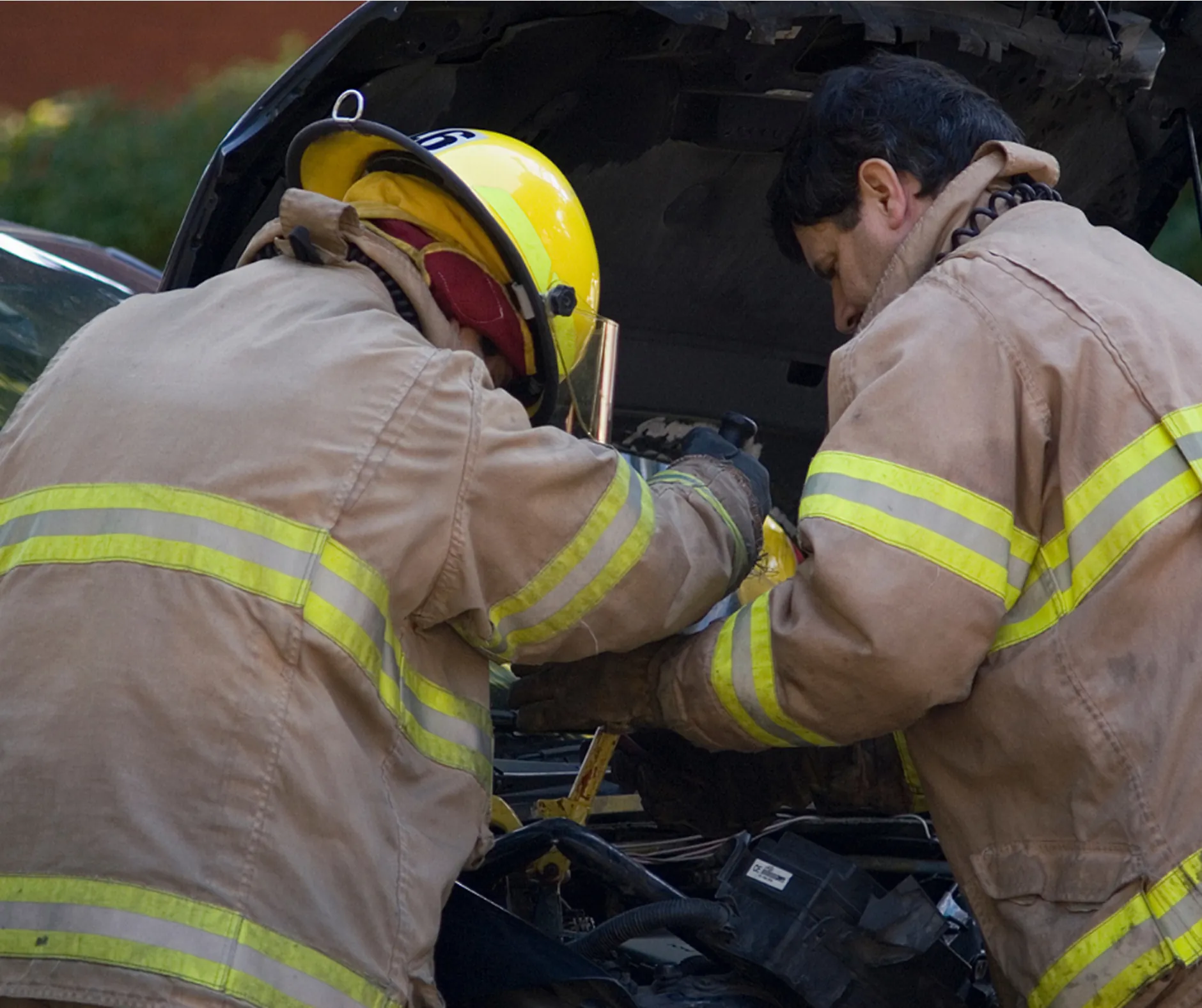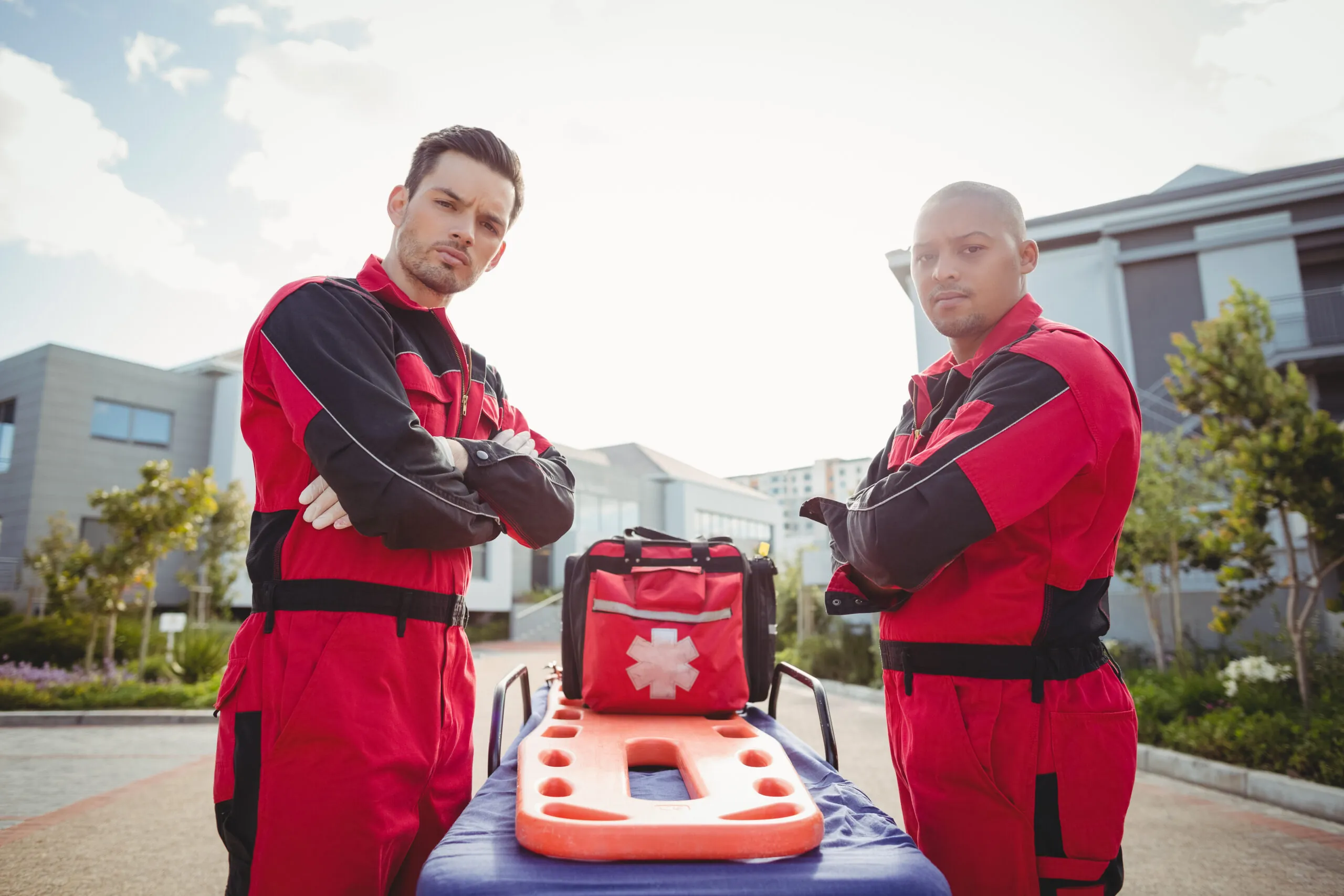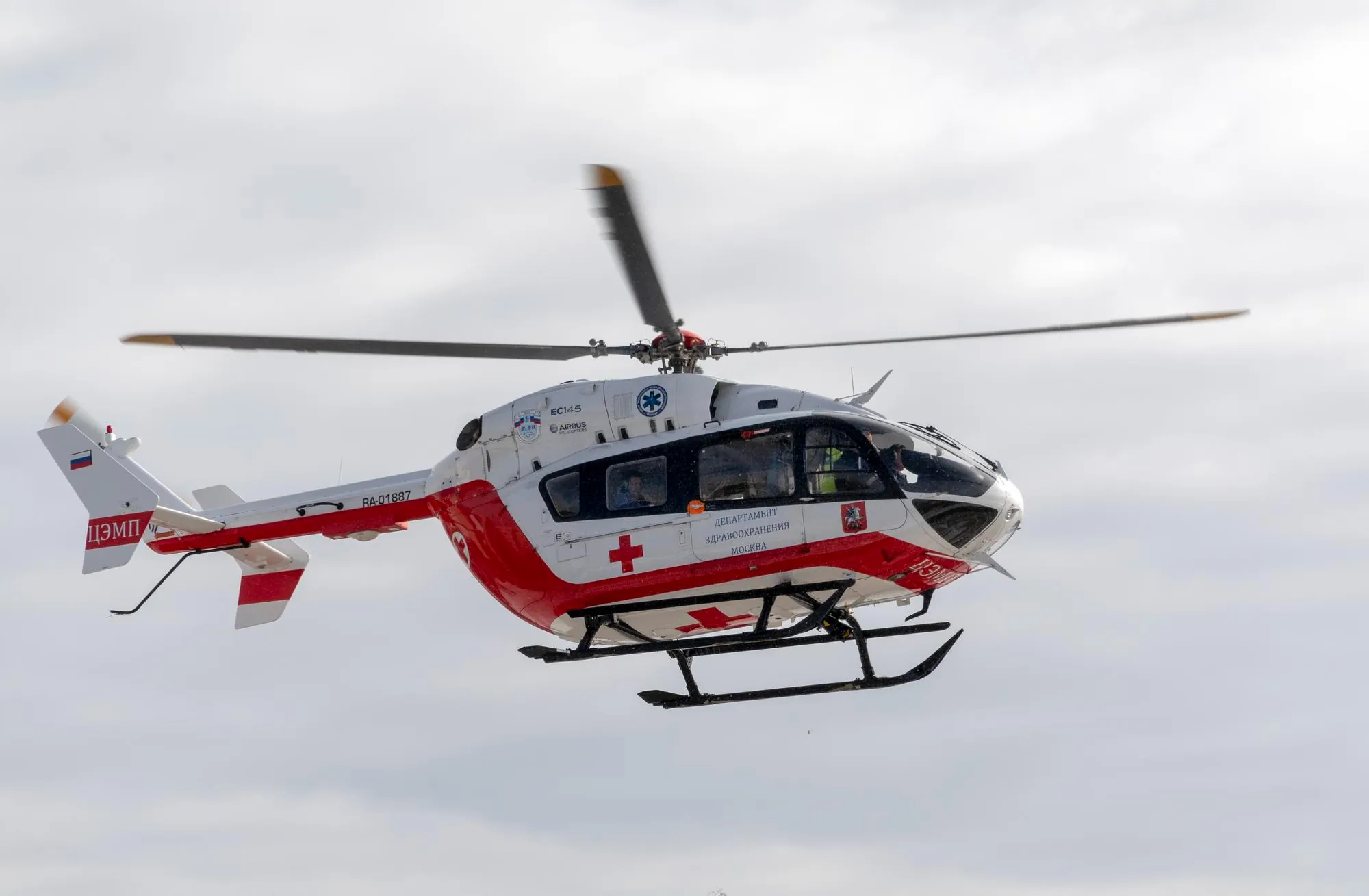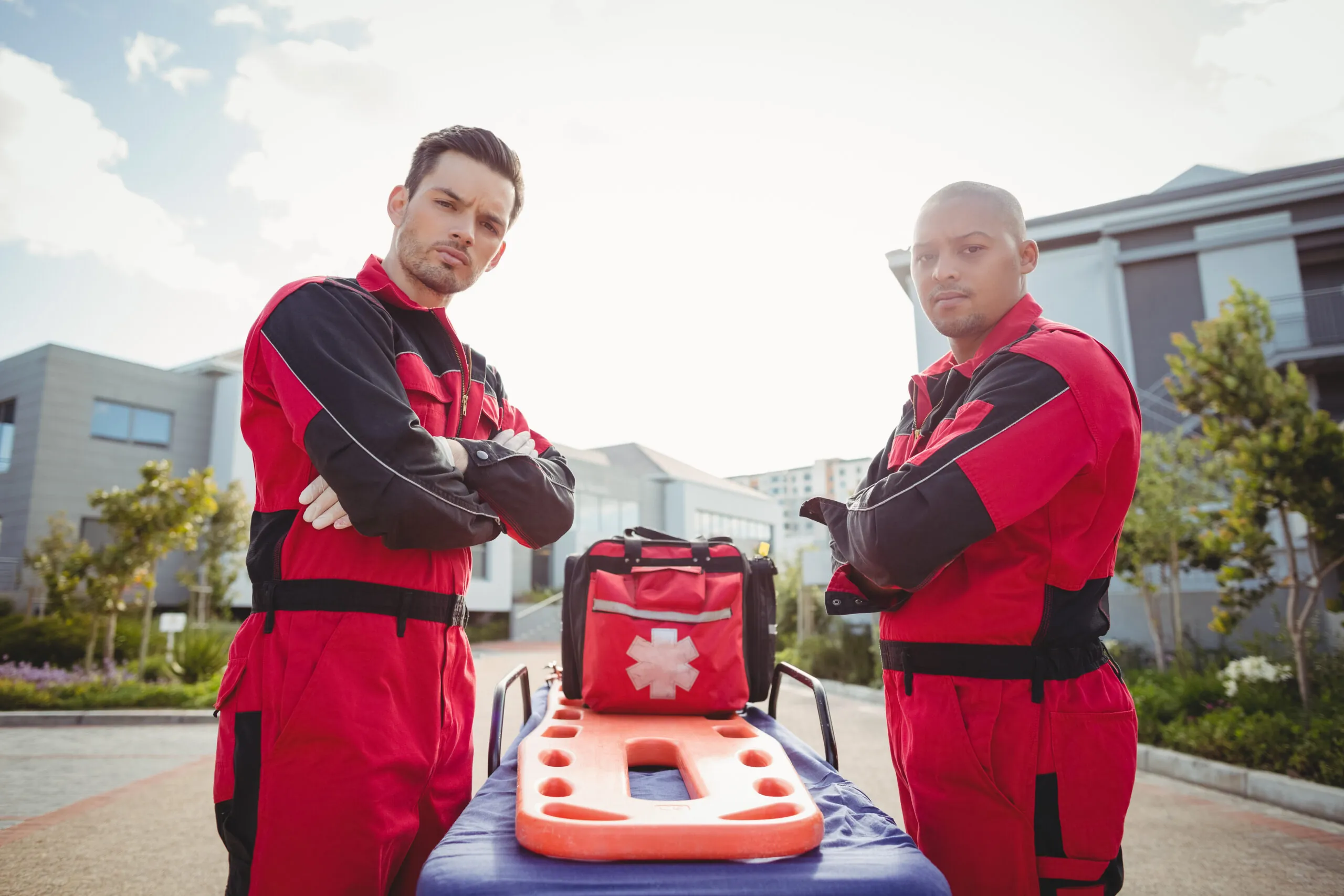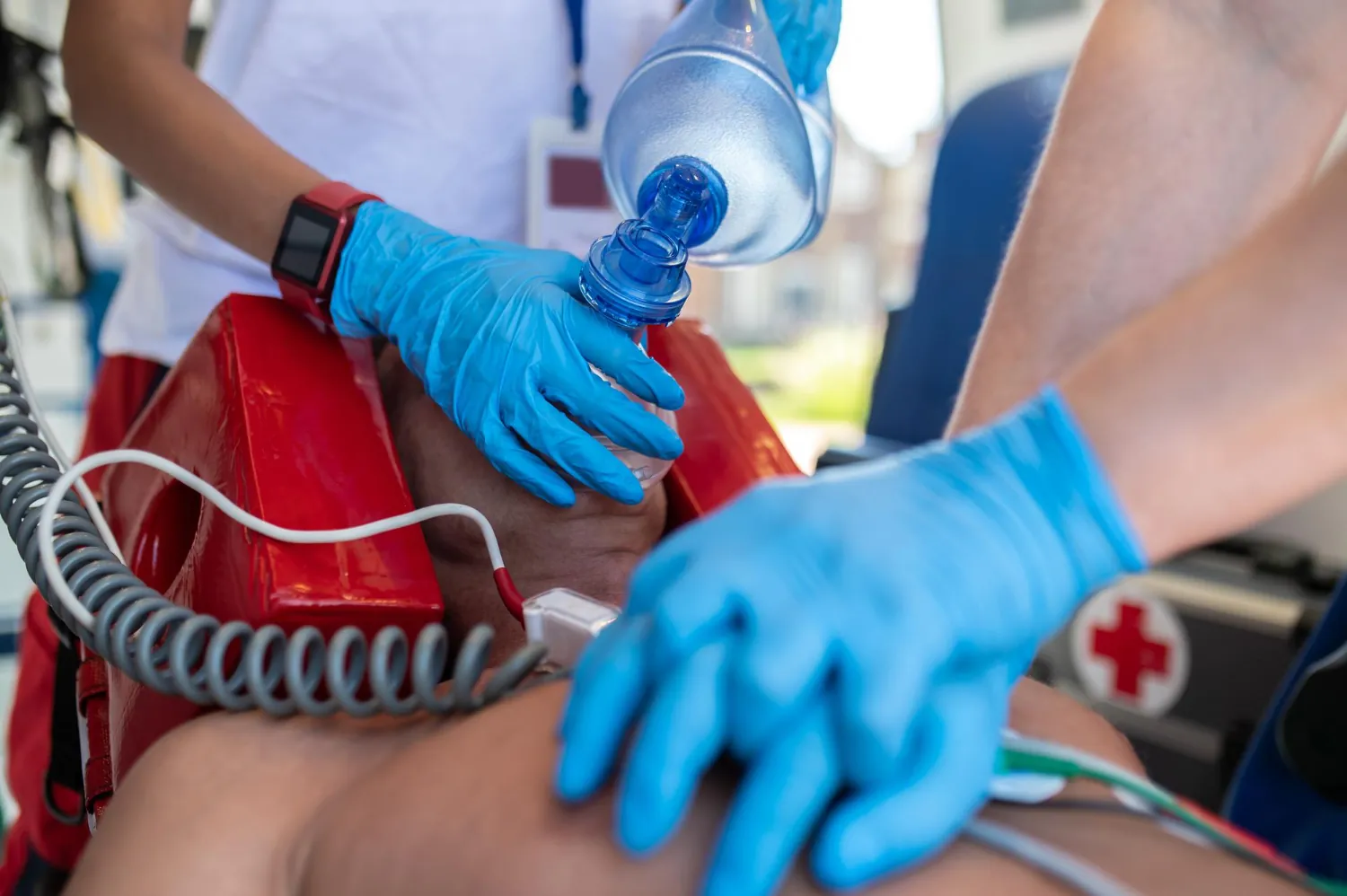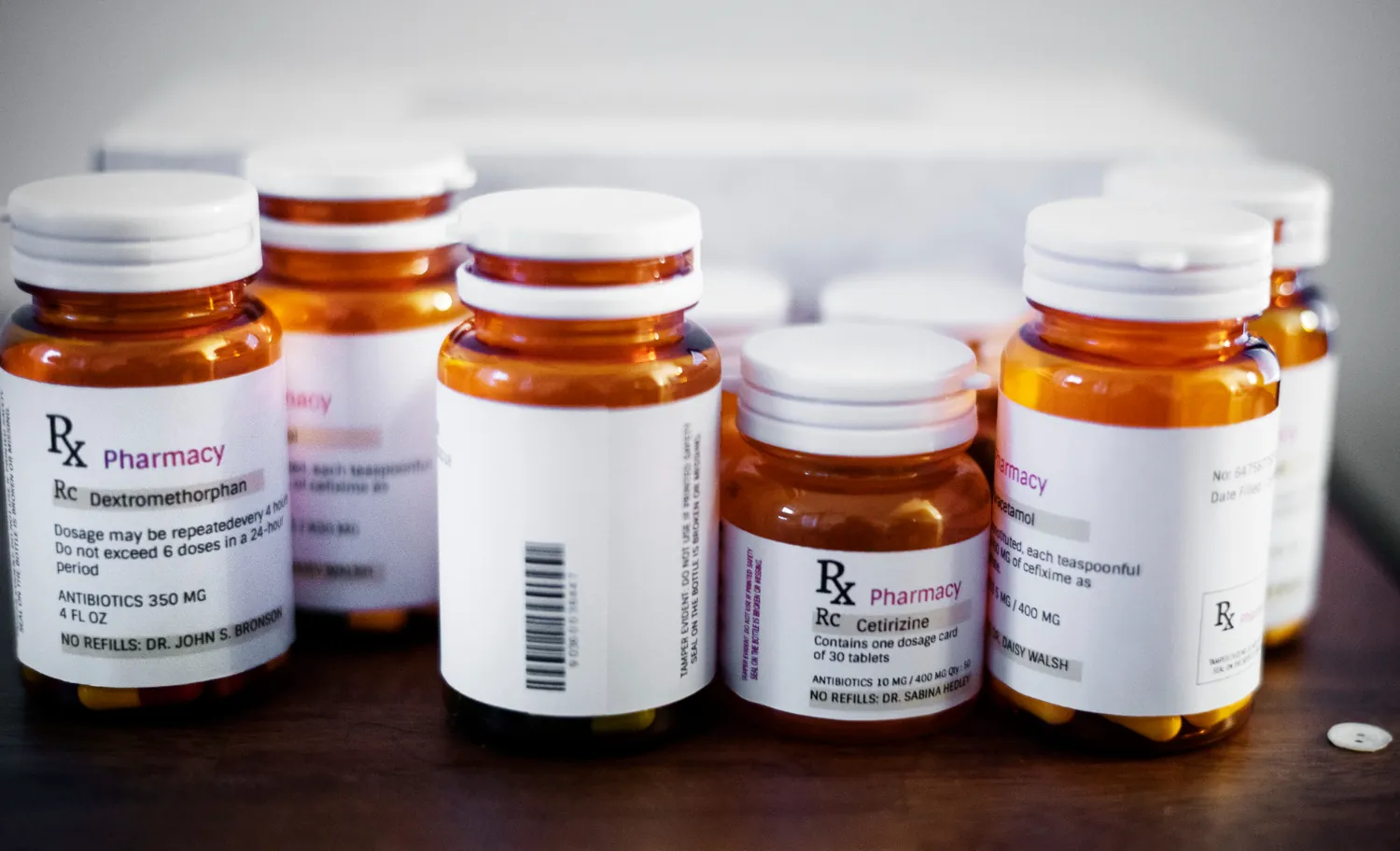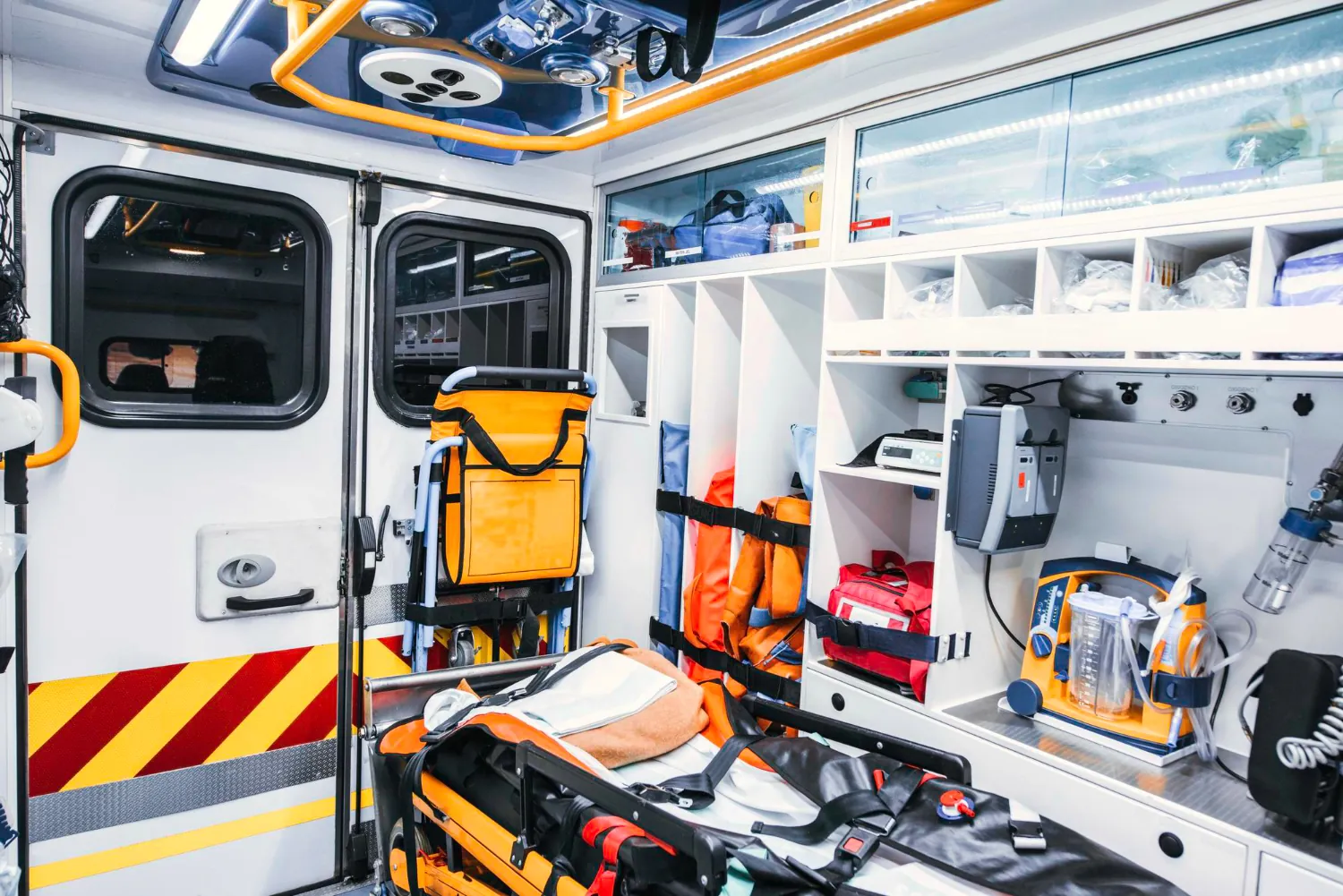EMS Inventory Management: 7 Best Practices for Keeping Track of Supplies

Your team gets a call for anaphylaxis, and they jump in their unit to head out. They arrive on the scene and reach for the Benadryl, only to find out it wasn't replenished on the last run. Cue delayed patient care, breaking the golden rule of "do no harm."
Calling another unit for supplies takes time when every single second counts. In EMS, inventory management is crucial-not only for morale and performance but also for your patients' safety.
So, what are some best practices in EMS supply management to ensure that no unit is ever left short?
A Short EMS Inventory Management Primer
There are many resources out there that offer detailed lessons in supply chain management. Still, most of it doesn't apply to keeping EMS units supplied with critical items and maintaining inventory at the station. At best, you likely need a working supply checklist, due diligence, and a team commitment to report and track the use of all inventory items on each unit, whether it be an ambulance, fire engine, or medical helicopter.
Now, many of the items and equipment used in emergency response can differ depending on the job, the type of unit, and the way you delegate responsibility to the crews at your station. Likewise, city needs may differ somewhat from rural-based stations. But at the same time, lists of EMS supplies are similar anywhere you're serving people with urgent medical needs.
When someone calls EMS, they're likely in a life-threatening situation, or at the very least, they're experiencing pain and stress from a crisis. Your job is to ensure your team has the right EMS inventory management procedures and protocols so they're ready to assess and treat whatever situation they're facing. They have the training, but they also need to have the tools.
There's also an accountability component in EMS supply management. When you're handing controlled substances, narcotics, and even expensive medical equipment, you need to ensure that everything is tracked, accounted for, and in optimal condition. Your team must restock medical supplies and track, report, and replenish controlled substances. After each run, equipment should be inspected and inventoried to ensure the unit is in perfect condition and ready for the next job. Someone's life may depend on it.
Here are 7 best practices in EMS inventory management to ensure your team is stocked and ready to roll.
1. Implement Team Accountability
No matter what type of EMS inventory management software or system your team uses, it only works if everyone takes accountability for their role in the station. Best practices are to create a universal tracking policy -for example, everyone includes their name/signature or license number and signs off on the sheet or entry at the beginning and end of each shift (basically any time the inventory changes hands). Consistency and accountability are crucial to success.
Not only is EMS supply management crucial for the safety of your patients and team, but without that accountability, your agency could also lose the ability to carry narcotics. When controlled substances aren't tracked immediately, things can fall through the cracks, resulting in medications being misplaced, lost, or subject to diversion and theft. Unfortunately, this can cost you your license.
So when should your team track and report? The answer can vary depending on your call volume, station size, and more. Keep in mind that while it can be more convenient to restock at the end of a shift (rather than at the end of a run), teams can be exhausted and less clear after many hours of intense work. Trying to remember all supplies used during a shift is challenging. Improve accuracy by tightening up checks and balances on inventory assessments at the end of each run.
2. Note and Restock Low Supplies
Because your crews have boots on the ground, they know what supplies they typically need to get through a shift. Tap into that knowledge and encourage forward-thinking during inventory assessment. Request feedback from the crews regularly-what do they see in the field, and what areas are coming up short? When a unit takes a supply from storage, such as Narcan/Naloxone, they should note how much is left. It's time to order when they're down to a certain amount.
EMS inventory management includes supplies in the units and at the station. There are comprehensive EMS inventory management software options that can help you automatically track, order, and restock. Alternatively, there are many ways to track inventory, including a simple "fill line" in Sharpie or tape on the shelf. These days, progressive agencies use a barcode inventory system both for accuracy and simplicity. Team members take an item, scan it, and your EMS inventory management software keeps track.
3. Perform Regular Checks
Even the best inventory maintenance system can quickly go off the rails during a busy week. Whether it's the responsibility of the supervisor or someone in each unit, task a specific individual with regular checks where they manually inventory the stock on hand (and in the unit) and ensure that the numbers synch up.
It's especially important to have regular checks when tracking controlled substances. Diversion can be a valid concern, and even mishandling or mistracking can leave other team members in a pinch. LogRx makes controlled substance tracking easy. Rather than a paper log that can be overlooked or damaged, LogRx allows your team to track drug inventory easily. At a glance, you'll know what you have on hand and what needs replenishment.
4. Aim for Accurate Stock
It's hard to project exactly what you might need in a given shift. EMS supply inventory needs can change with the seasons too. Unfortunately, cold weather brings respiratory illness, slips, and falls, while summer months can mean outdoor accidents and injury. You may need to refine your forecasting and revisit it regularly to make sure you're keeping stock higher when the needs arise.
It's essential to keep enough supplies at the station to address what you need and accommodate ordering times, stockouts, shipping delays, and backorders. At the same time, you don't want to keep so many extra supplies that items expire or storage becomes a problem in an already-cramped facility. There's often very little room in the units for "extra" inventory, so stocking supplies becomes a bit of an art through trial and error. Keep continuing to refine your process.
5. It's Better to Over-Order than Be Shorthanded
While you should aim for accurate inventory and a reasonable stock supply, realize that it's often better to have more supplies on hand than fewer. Unlike many industries, EMS is one where a shortfall can quite literally be a critical issue, and often you can't swap or substitute supplies. Even the most seemingly benign and regularly available items (like aspirin) can get delayed in transit or face stockouts and supply chain shortages.
Paying close attention to expiration dates can help ensure you have what you need. It's a good idea to move supplies that are nearing expiration from a slower unit or station to a higher volume area. This is typically best done at the six-month mark, before expiration, so they don't languish on the shelf. It also allows you to get creative. For example, a few years ago, when Atropine was in short supply, EMS agencies and medical directors reassessed expiration dates and moved supplies around to ensure no one ran out.
Fortunately, you can often mitigate shortfalls and manage your operation costs by ordering a little more than you need rather than skimping on inventory. Buying supplies in bulk can save you money, especially if they're seemingly simple items like tape, gauze, or notepads that don't expire. Stock up where you can (paying attention to expiration and service dates) and maximize what your station storage can handle.
6. Organization is Critical
One rule in any type of inventory management is that organization is crucial. Small supplies like IV needles, glucose test strips, and pens can easily get lost or overlooked. It's especially vital that team members pay attention to recycled supplies-like open packs where a few items have been removed. Accidentally grabbing what they think is a full pack of EKG electrodes, only to find it half-empty, can be a critical mistake.
One vital piece of organizing is communication. Labels, logs, and charts can help ensure that everything is noted and that every piece of inventory has a home. Set up check and balance systems and reminders to ensure that items are tracked, counted, replenished, and returned when needed. Keep supplies organized with clearly labeled "homes" for every single supply, tool, and piece of equipment that your team touches.
7. Limit the Chance of Loss & Damage
Properly training your staff reduces the chance of loss, damage, and even diversion. Make sure everyone knows the routine and sticks to them. By keeping close tabs on your inventory and setting up careful and deliberate tracking systems with your team, you'll ensure that you rotate and track stock, reducing the incidence of loss, accidental theft, and ordering shortages.
When supplies are short, there's a tendency for units to hold on to supplies and worry about scarcity.
Not only does this impact the morale of your team, but it can increase the incidence of loss due to
misplaced and untracked supplies. A stockout of a critical supply isn't an excuse to shortchange a
patient, and not having the right supplies on hand can create a liability risk for your
organization.
Protect yourself, your team, and your operation by implementing these best practices for EMS
inventory management. While setting up systems for inventory management might not be the
most exciting task on your to-do list, it's a crucial part of ensuring you can serve your patients as
quickly and safely as possible. Remember: your staff will only take supply accountability as seriously
as you do, so it's important to make it a high priority.
If you're seeking resources to help manage your controlled substance inventory, LogRx offers a simple solution. Our user-friendly app allows your team to track medication use quickly and easily, without the need for paper tracking. It's one more way to make your EMS inventory management more efficient and accurate. Reach out to learn more.
Categories
Recent Posts
- LogRx and Knox: How LogRx Integrates with EMS Medication Lockboxes
- Connecting Community and EMS: 7 EMS Community Outreach Ideas
- Projecting Professionalism: Why EMS Uniforms Matter
- EMT Off-Duty Response: What You Should Carry Everywhere
- Basic EMT Trauma Assessment Scenarios: Gearing Up for Certification
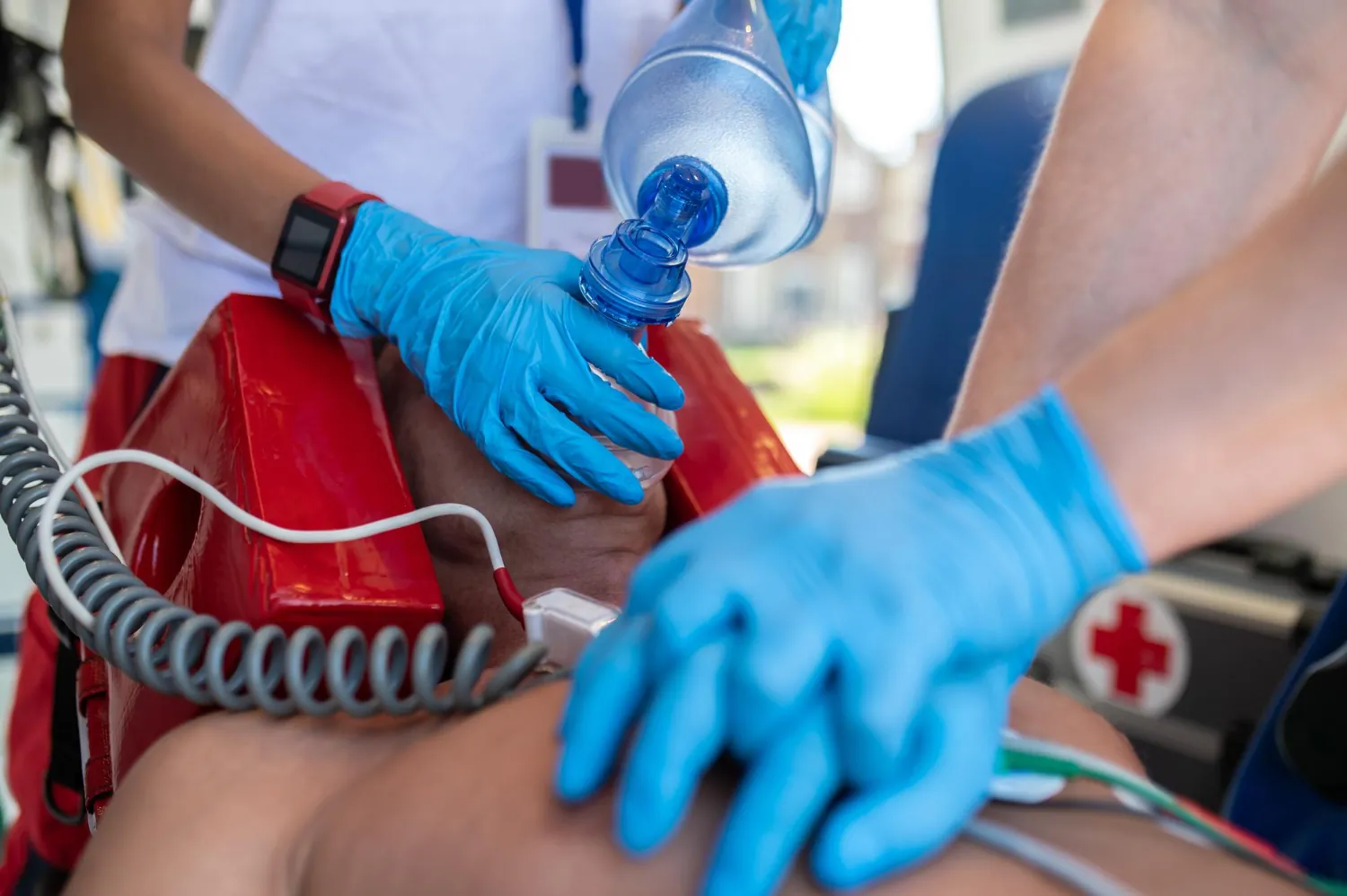
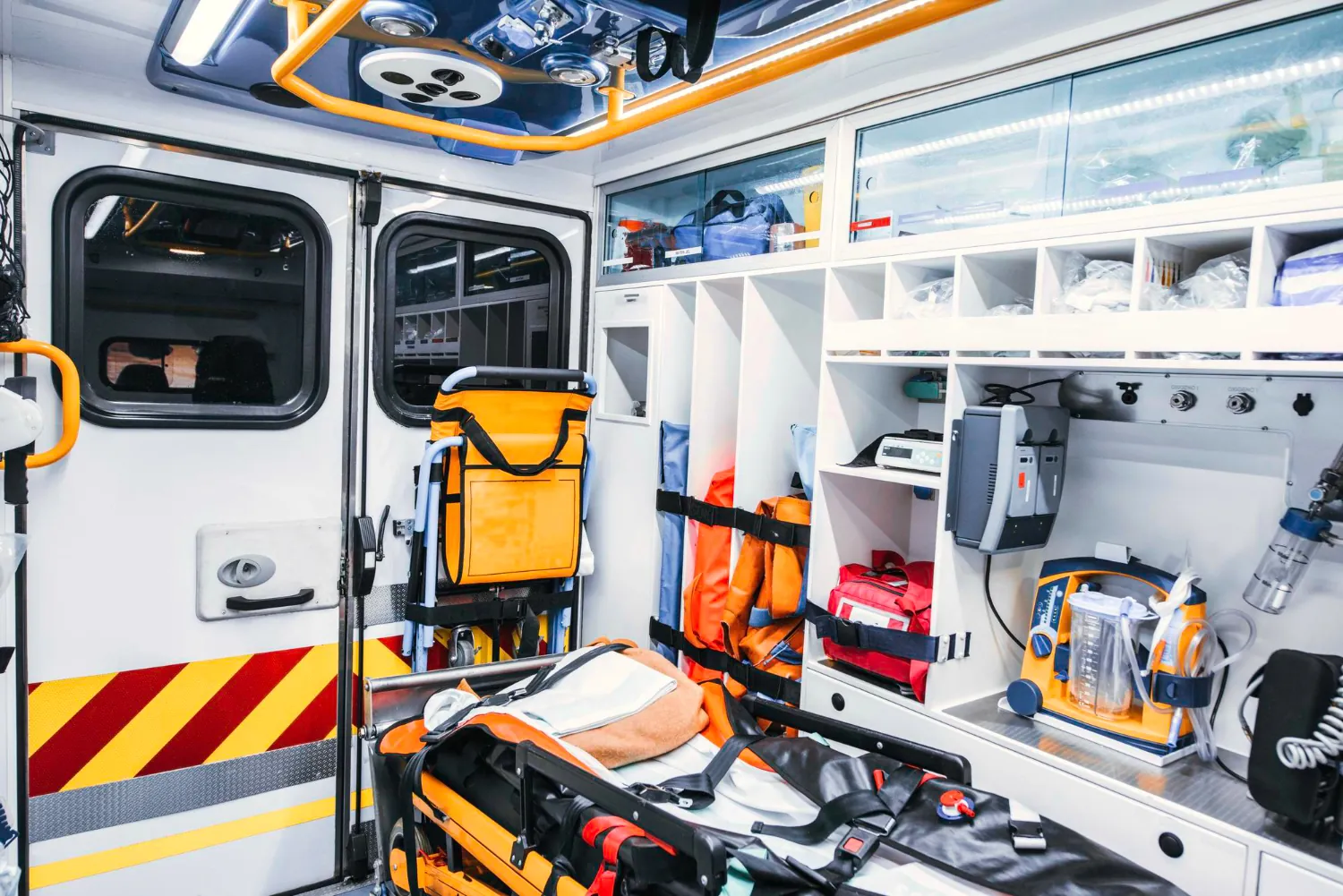







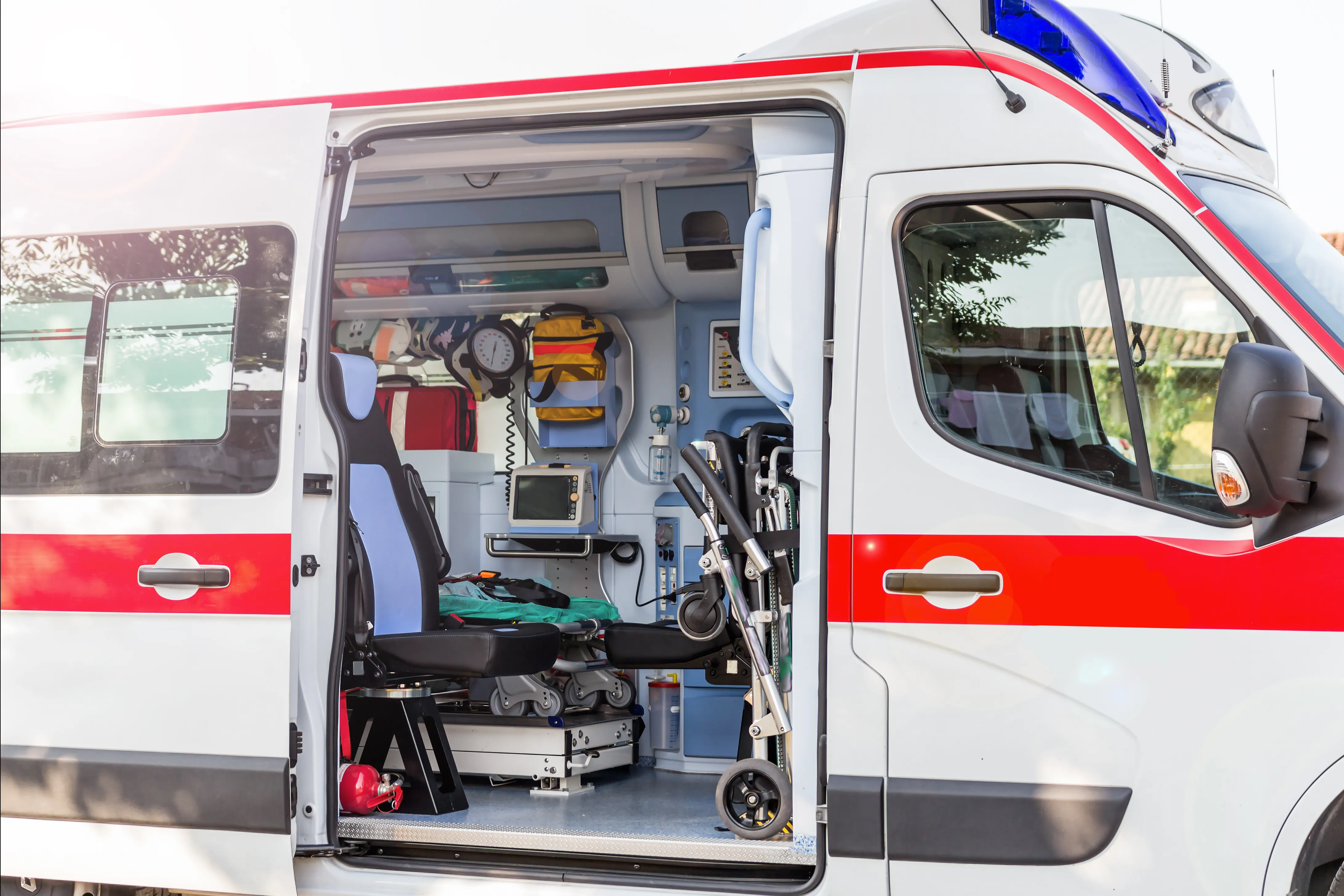


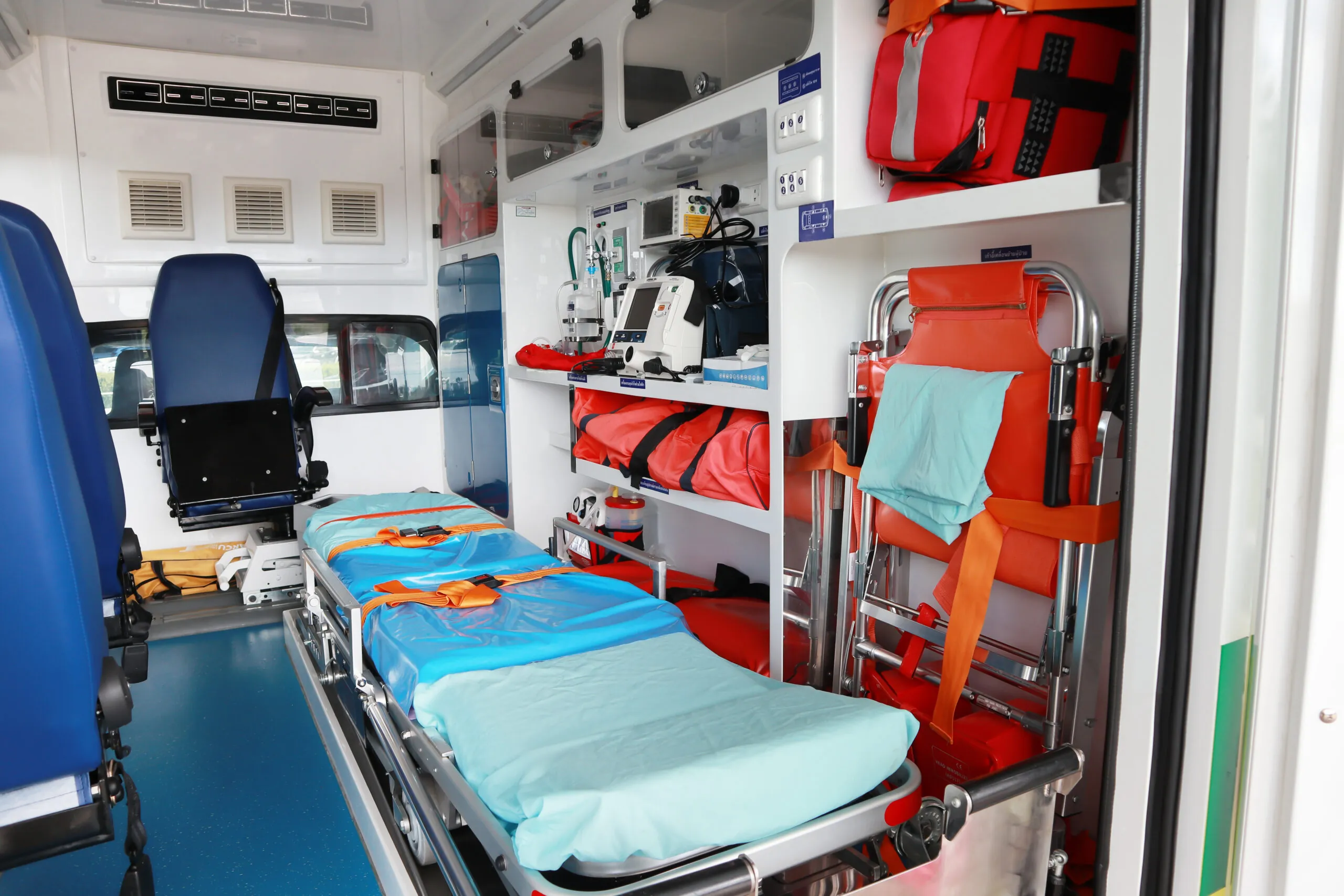


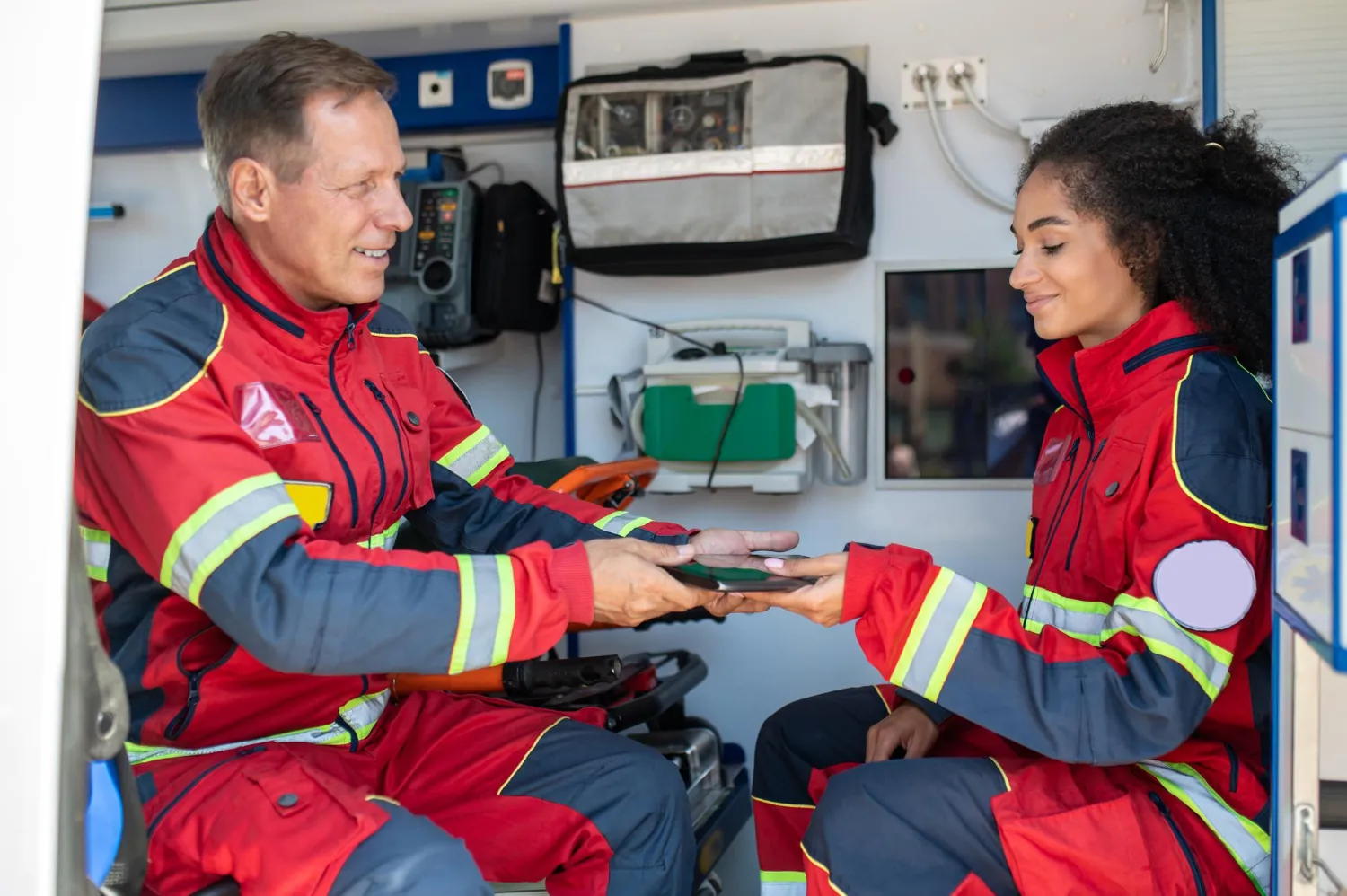


.webp?t=1764976893541)




